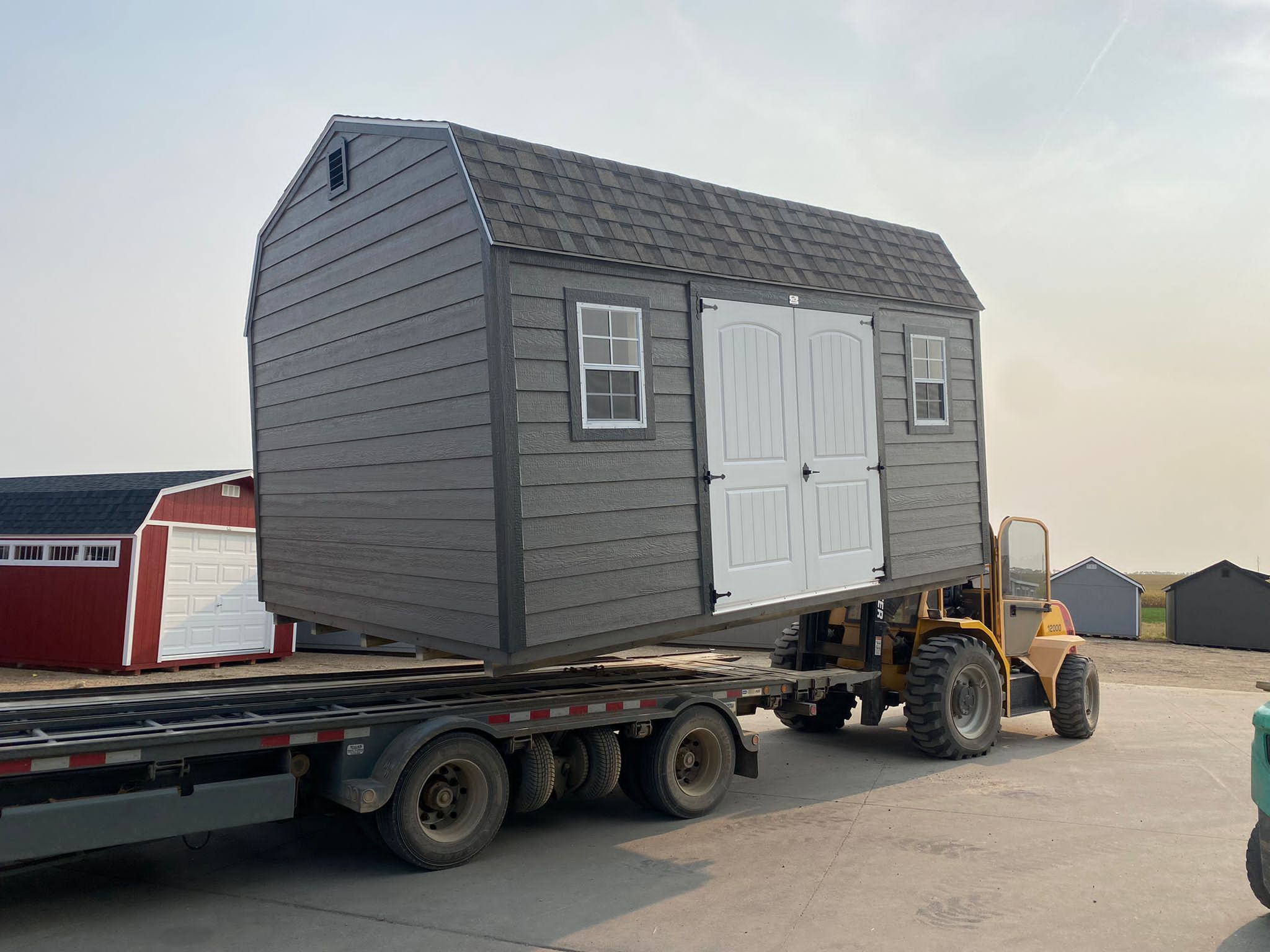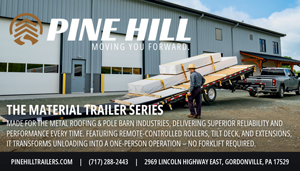What They Are And How To Avoid Over-Exposure
By GSCB Staff
Shed-building professionals should be aware and take precautions against over-exposure to certain chemical hazards called VOCs (volatile organic compounds) that are inherent in paints, coatings and many building materials.
The Environmental Protection Agency (EPA) explains that VOCs are emitted as gases from certain solids or liquids and include a variety of chemicals (formaldehyde is one of the best known VOCs), some of which may have short- and long-term adverse health effects. Concentrations of many VOCs are consistently higher indoors (up to 10 times higher) than outdoors. Materials with potentially high VOCs include paints and lacquers, paint strippers, cleaning supplies, building materials and furnishings.
Jean Blackstone, of Sharkskin Roof Underlayments (their underlayment is made without VOCs) noted that VOCs are “numerous, varied and ubiquitous.” She goes on to explain: “They include both human-made and naturally-occurring chemical compounds.
“Harmful VOCs typically are not acutely toxic, but have compounding long-term health effects. Because the concentrations are usually low and the symptoms slow to develop, research into VOCs and their effects is difficult.”
When some VOCs are combined with sunlight, they form ozone, a major component of smog. Ozone is a powerful oxidant that can irritate the airways.
There are many health risks associated with ozone and VOCs. The U.S. National Association of Medicine cites that short-term effects of over-exposure to VOCs can include irritation of the eyes and respiratory tract; headaches; dizziness; visual disorders; and memory impairment.
Long-term exposure may cause irritation of the eyes, nose, and throat; nausea; fatigue; loss of coordination; dizziness; damage to the liver, kidneys and central nervous system; and cancer. Due to their size and developing bodies, children are especially susceptible to the hazardous effects of VOCs.
While avoiding VOCs entirely is difficult, the EPA suggests always providing adequate ventilation by meeting or exceeding label precautions; safely disposing of unused or little-used containers; and keeping products with potentially harmful VOCs out of reach of children and pets.
Blackstone suggested that when there is a choice, choosing products without VOCs is the best option. “Any time you are using a product containing VOC’s you are putting yourself or your crew at risk for health issues, along with the people that will be under the roof you are installing, as well as contributing to polluting the air,” she says.
In addition to choosing low- to no-VOC construction products, proper ventilation is critical in ensuring indoor air quality. Without ventilation, you’re trapping VOCs inside. Install a combination of exhaust and intake vents to ensure adequate exchange of stale (possibly VOC-laden) inside air with fresh outside air. GSCB






















